May 24, 2025 | 03:50 GMT +7
May 24, 2025 | 03:50 GMT +7
Hotline: 0913.378.918
May 24, 2025 | 03:50 GMT +7
Hotline: 0913.378.918
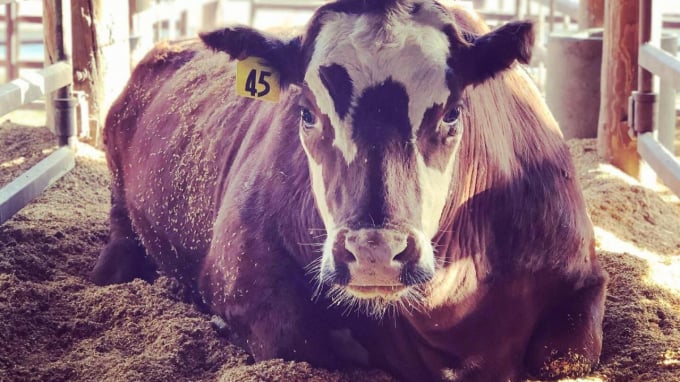
Seaweed diet cuts cow methane emissions “90 to 95 percent”
The first: cows love it (just look at that happy cow up there). The second: studies show that feeding dairy and meat cattle a diet of asparagopsis can cut their methane emissions by up to 95 percent!
After years of frantic research and development by the CSIRO, Meat and Livestock Australia and James Cook University, the first global sale of asparagopsis was announced by CH4 — one of three companies licensed to sell the seaweed — to a South Australian meat processor called CirPro.
“We’re very proud that we are the first to be able to announce a commercial supply to the marketplace,” CH4 Australia general manager Adam Main said.
CirPro chief Reg Smythe echoed his enthusiasm. “We’re starting at relatively small numbers and growing in line with CH4’s ability to manufacture the supplement.”
The Port Pirie CirPro facility that’s set to receive the asparagopsis expects to be fully operational next year, and is one of several large-scale feedlots and meat processors that will be the first to be able to order the seaweed-based, methane reducing asparagopsis before expanding its offering to other types of farm in the future.
“We’re focusing on the feedlot industry here in Australia, but our operation in New Zealand is definitely looking at the dairy market,” adds Main. “We have the opportunity of expansion from this point forward to focus on sheep, goats, camels – anything that is a ruminant … we need to also grow to be able to provide our technology to those animals that are seeing people less and aren’t supplementary fed — that is the broad-acre farming sector.”
A company called FutureFeed (a spinoff of CSIRO) currently holds the international patent rights to sell asparagopsis as a feed additive are held by FutureFeed, which has backing from Woolworths Group, GrainCorp, Harvest Road, and others. And, while the seaweed used to make asparagopsis is endemic to Australia and New Zealand, international licenses to sell the additive have been granted overseas.
If its potential to reduce methane emissions realized at scale, the international commercial market for asparagopsis could be worth billions of dollars per year (plus, you know, helping to save the planet and all that).
Less gassy, more sustainable
Greenhouse gases are a major cause of climate change, and methane is a potent greenhouse gas. Agriculture is responsible for 10 percent of greenhouse gas emissions in the U.S., and half of those come from cows and other ruminant animals that belch methane and other gases throughout the day as they digest forages like grass and hay.
Since cattle are the top agricultural source of greenhouse gases, many have suggested people eat less meat to help address climate change. Kebreab looks to cattle nutrition instead.
“Only a tiny fraction of the earth is fit for crop production,” Kebreab explained. “Much more land is suitable only for grazing, so livestock plays a vital role in feeding the 10 billion people who will soon inhabit the planet. Since much of livestock’s methane emissions come from the animal itself, nutrition plays a big role in finding solutions.”
In 2018, Kebreab and Roque were able to reduce methane emissions from dairy cows by over 50 percent by supplementing their diet with seaweed for two weeks. The seaweed inhibits an enzyme in the cow’s digestive system that contributes to methane production.
In the new study, Kebreab and Roque tested whether those reductions were sustainable over time by feeding cows a touch of seaweed every day for five months, from the time they were young on the range through their later days on the feed lot.
Four times a day, the cows ate a snack from an open-air contraption that measured the methane in their breath. The results were clear. Cattle that consumed seaweed emitted much less methane, and there was no drop-off in efficacy over time.
Results from a taste-test panel found no differences in the flavor of the beef from seaweed-fed steers compared with a control group. Similar tests with dairy cattle showed that seaweed had no impact on the taste of milk.
Also, scientists are studying ways to farm the type of seaweed — Asparagopsis taxiformis — that Kebreab’s team used in the tests. There is not enough of it in the wild for broad application.
Another challenge: How do ranchers provide seaweed supplements to grazing cattle on the open range? That’s the subject of Kebreab’s next study.
Kebreab and Roque collaborated with a federal scientific agency in Australia called the Commonwealth Scientific and Industrial Research Organization, James Cook University in Australia, Meat and Livestock Australia, and Blue Ocean Barns, a startup company that sources, processes, markets and certifies seaweed-based additives to cattle feed. Kebreab is a scientific adviser to Blue Ocean Barns.
“There is more work to be done, but we are very encouraged by these results,” Roque said. “We now have a clear answer to the question of whether seaweed supplements can sustainably reduce livestock methane emissions and its long term effectiveness.”
Support for the research comes from Blue Ocean Barns, the David and Lucile Packard Foundation and the Grantham Foundation.
cleantechnica
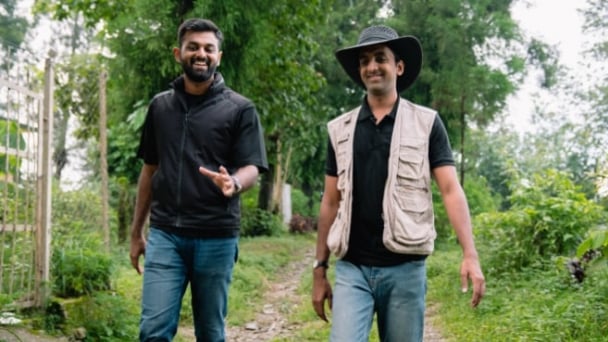
(VAN) Alt Carbon has raised $12 million in a seed round as it plans to scale its carbon dioxide removal work in the South Asian nation.
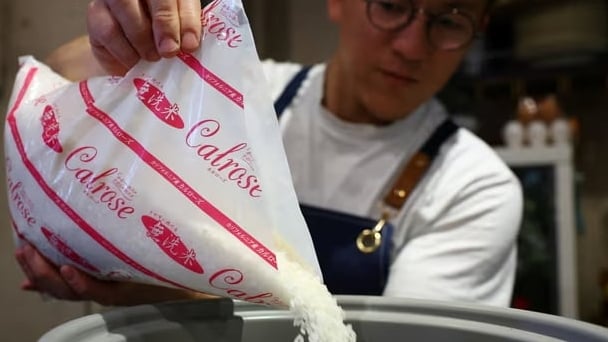
(VAN) Attempts to bring down the price of the Japanese staple have had little effect amid a cost-of-living crisis.

(VAN) Fourth most important food crop in peril as Latin America and Caribbean suffer from slow-onset climate disaster.

(VAN) Shifting market dynamics and the noise around new legislation has propelled Trouw Nutrition’s research around early life nutrition in poultry. Today, it continues to be a key area of research.
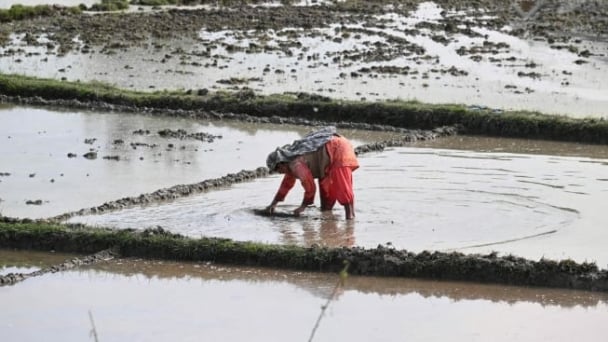
(VAN) India is concerned about its food security and the livelihoods of its farmers if more US food imports are allowed.

(VAN) FAO's Director-General emphasises the need to work together to transform agrifood systems.
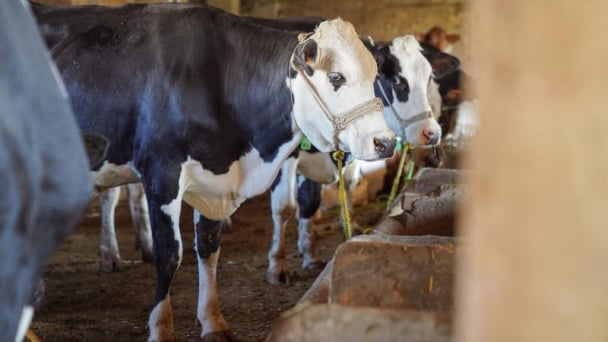
(VAN) Europe is facing its worst outbreak of foot-and-mouth since the start of the century.